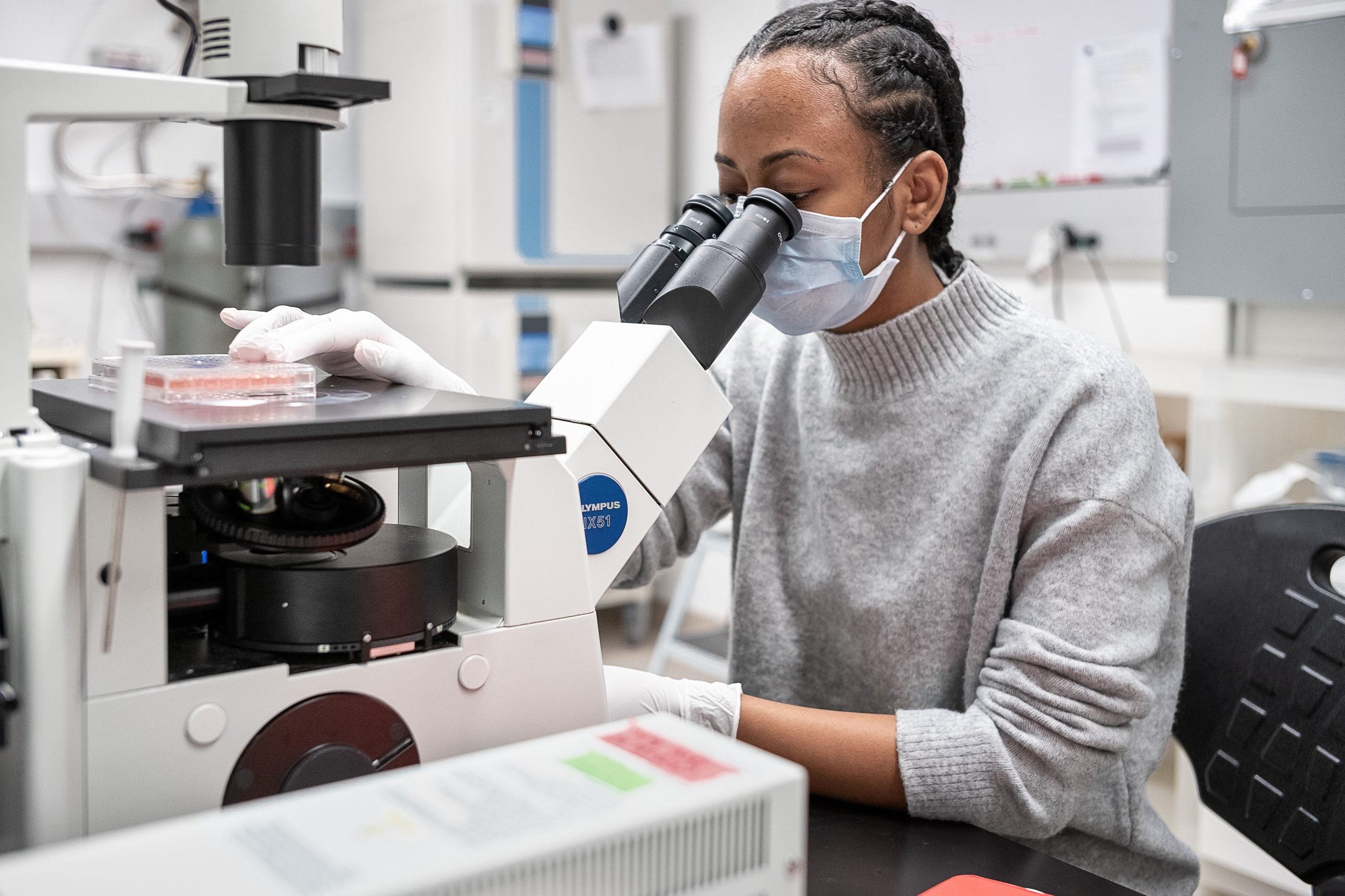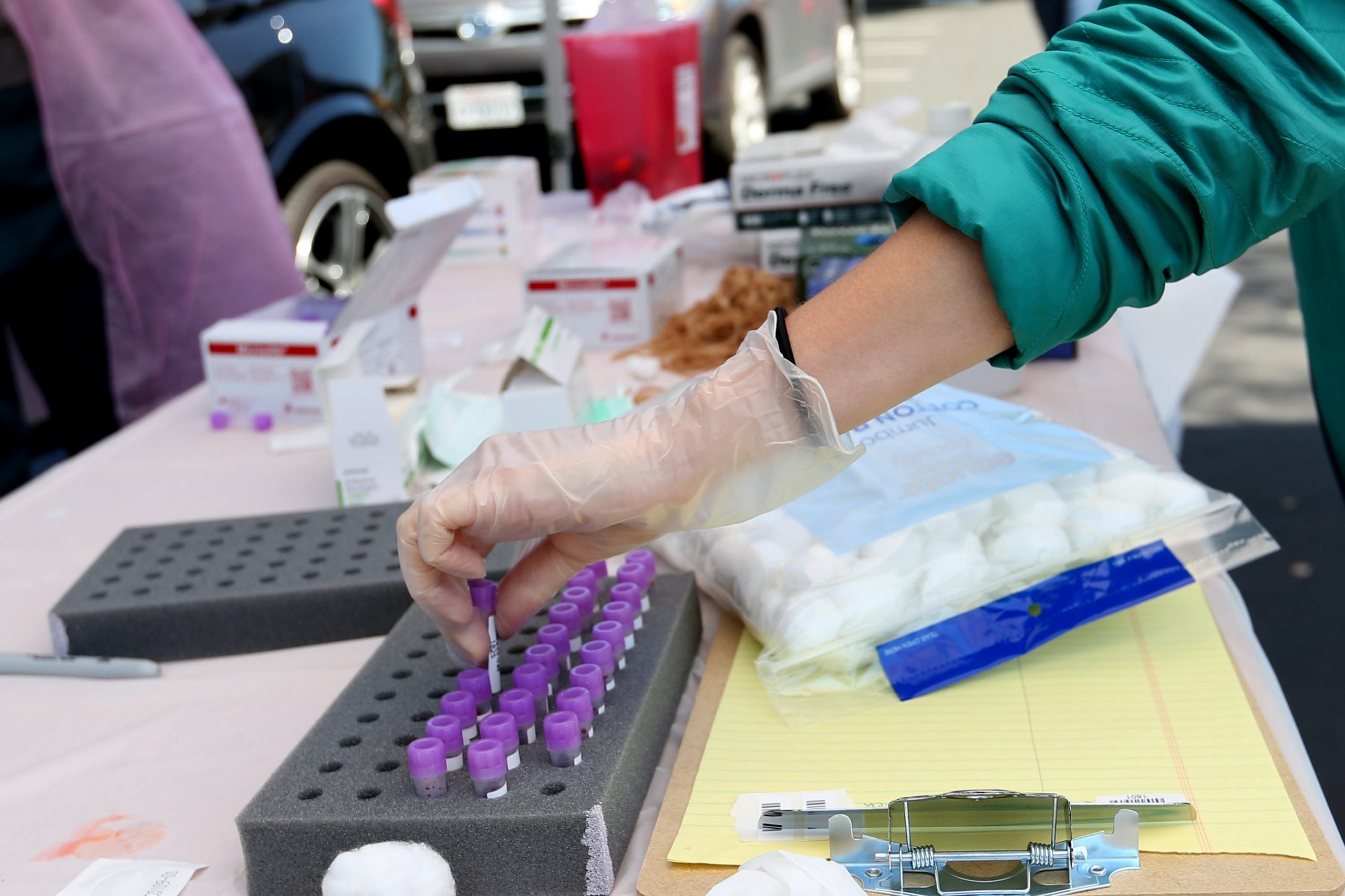
An early coronavirus vaccine study is yielding promising results among a group of 45 people who received the experiential test. The results, published in The New England Journal of Medicine, have researchers expressing optimism amid surging numbers of new COVID-19 infections.
The vaccine, which was developed by biotech company Moderna in partnership with researchers at the National Institute of Allergy and Infectious Disease, is the first to have human trials. In the study, researchers note that the goal for the first phase was to evaluate the safety and immune response of the vaccine. The group started with a small, select number and, due to its success, now has plans to move into large phase testing, involving 300,000 participants.
What researchers found in the early volunteers was that they developed “neutralizing antibodies” in their bloodstream that assist in blocking the infection. The levels of these antibodies are comparable to those found in people who survived COVID-19.

Phase three tests, according to The New York Times, are expected to begin at the end of July and conclude by late October. Given the time frame, it is not likely that the study will prove the vaccine’s effectiveness, but instead, if a person is less likely to contract the virus after receiving the dose.
Calls for a vaccine have been persistent since the early days of the pandemic. However, Trump’s timeline for such a vaccine has concerned health officials who have stated on multiple occasions that one is not likely to come before the new year.
In May the Trump administration announced a framework for what it is calling “Operation Warp Speed,” referring to the sped-up time frame for which it is pushing the vaccine to be made available. The release stated that the mission of the operation is to “accelerate the development, manufacturing and distribution of COVID-19 vaccines, therapeutics and diagnostics.”
According to reports, results from the early testing have only prompted the administration to advance the timeline for turning out doses. The new goal is to now have them available within the next six weeks.
